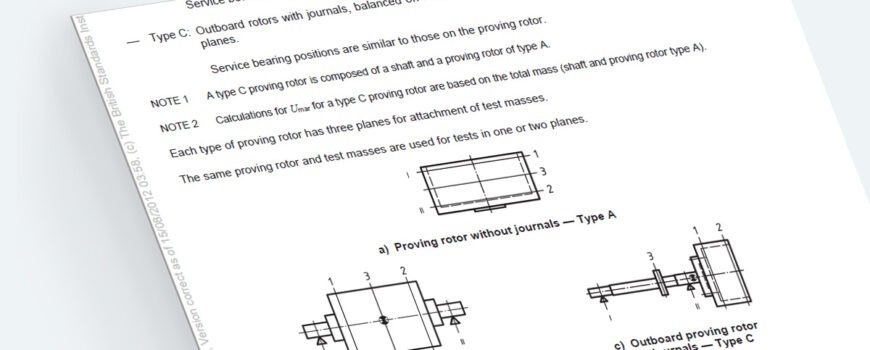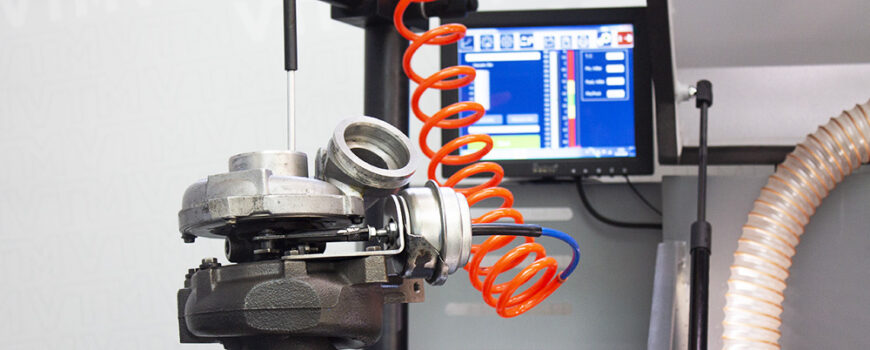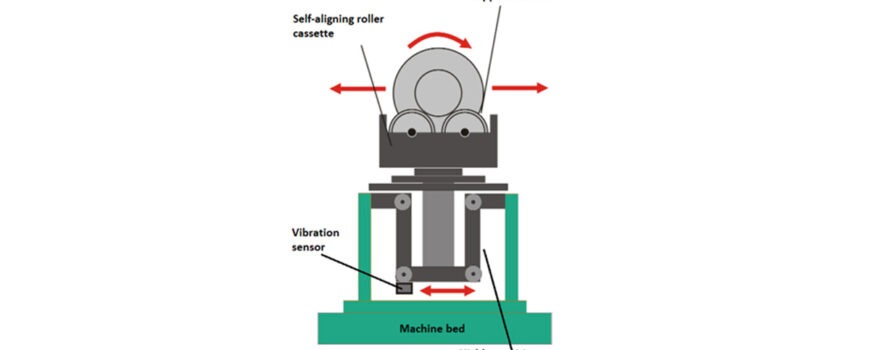General terms
Rotor
A rotor is a body that is held in rotation by its bearing surfaces in supports.
Unbalance
Is a rotor condition characterized by a mass distribution which, during rotation, causes alternating loads on the rotor supports and bending.
Detailed terms
UNBALANCE
A vector quantity equal to the unbalanced mass multiplied by its eccentricity.
MASS ECCENTRICITY
Position vector of the center of the mass in question relative to the axis of the rotor.
UNBALANCE VALUE
Numeric value, equal to the the unbalanced mass multiplied by its eccentricity module.
UNBALANCE ANGLE
Angle determining the position of the unbalance vector in the coordinate system related to the axis of rotor.
CORRECTION MASS
Mass used to reduce rotor unbalance
CORRECTION PLANE
Plane, perpendicular to the axis of rotor, in which the center of the correction mass is located.
UNBALANCE ADDUCTION PLANE
Plane, perpendicular to the axis of rotor, in which the value and the angle of unbalance are set.
UNBALANCE MEASUREMENT PLANE
Plane, perpendicular to the axis of the rotor, in which the value and the angle of unbalance are measured.
INITIAL UNBALANCE
Unbalance in the plane, perpendicular to the axis of the rotor, before correcting its masses.
RESIDUAL UNBALANCE
Unbalance in the plane under examination, perpendicular to the axis of the rotor, which remains in it after correcting its masses.
ACCEPTABLE UNBALANCE
The biggest acceptable residual unbalance in the plane, perpendicular to the axis of the rotor.
SPECIFIC UNBALANCE
Ratio of the main unbalance vector modulus to the rotor mass. Specific unbalance determines eccentricity of center of mass of the rotor.
ACCEPTABLE SPECIFIC UNBALANCE
The biggest appectable specific unbalance.
MINIMUM ACHIEVABLE RESIDUAL SPECIFIC UNBALANCE
The smallest value of the residual specific unbalance that can be achieved on the machine while balancing the control rotor by method determined in the instructions for this machine.





